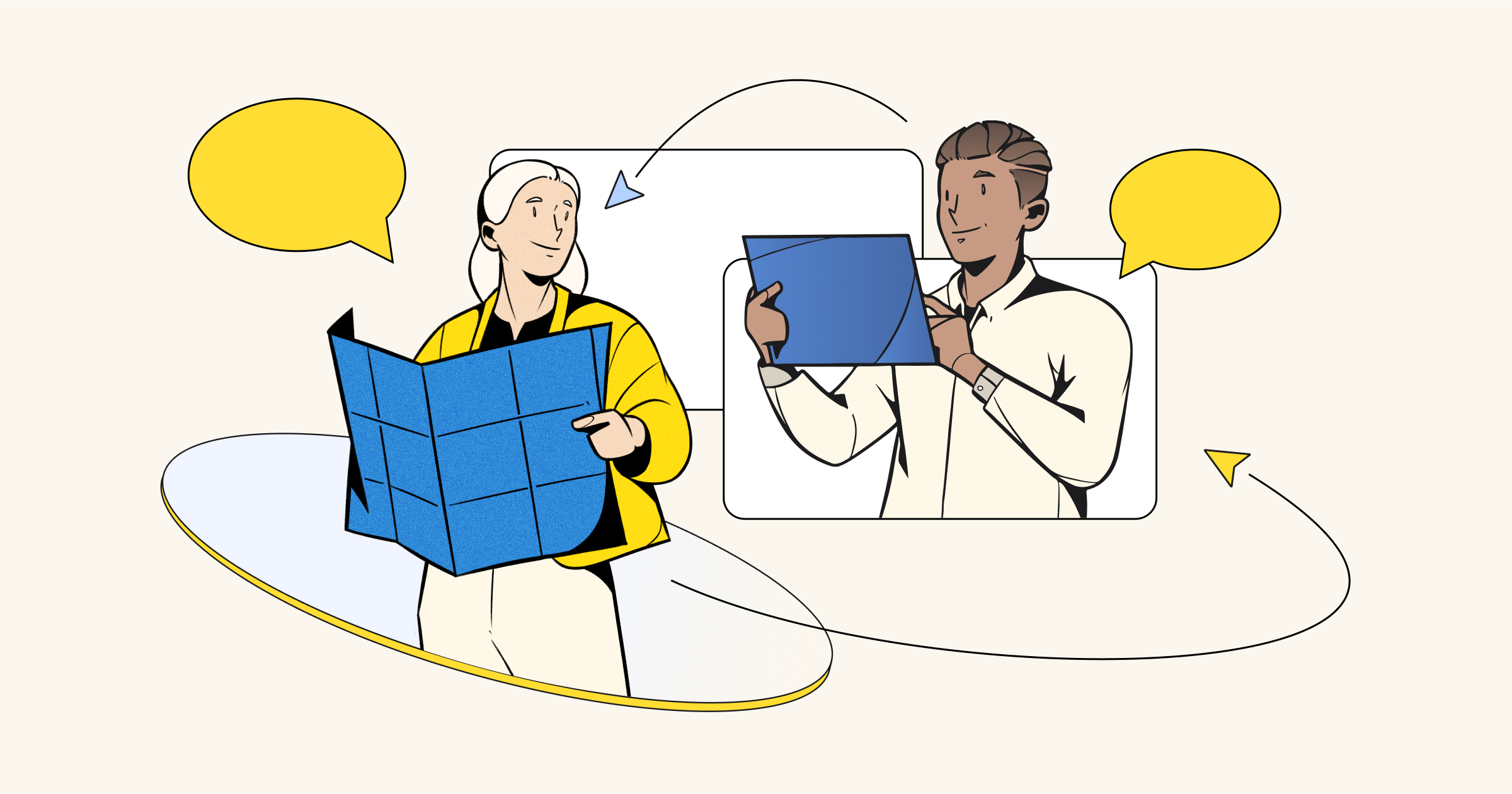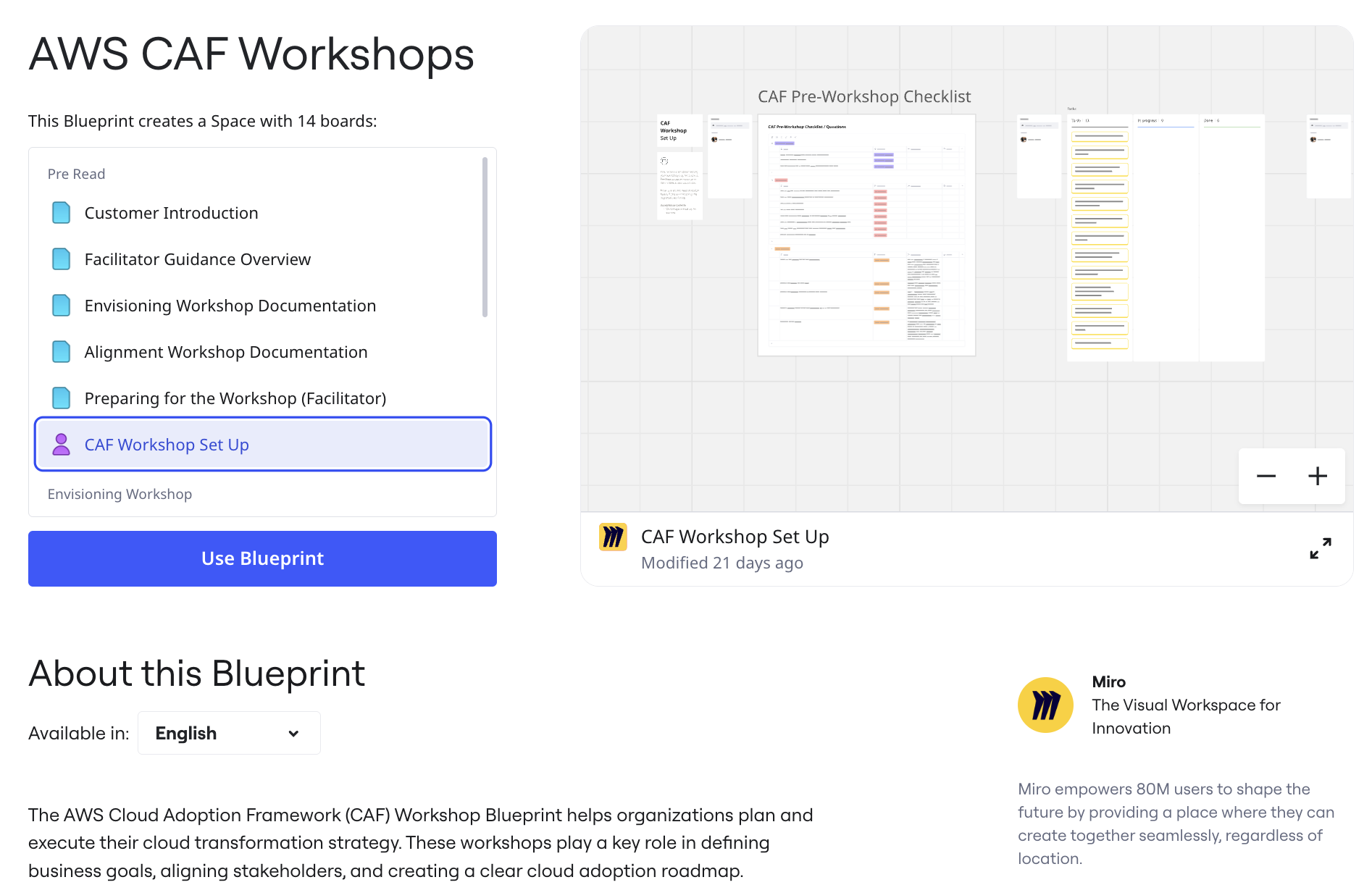What would you do with an M.B.A.? For most, the answer is predictable: enter corporate America and focus on making as much money as possible. That’s what makes the journey of Rajan Patel into nonprofit life anything but traditional.
Patel wanted to give young people — especially those from historically marginalized communities facing systemic barriers — what he felt lucky to have received at Stanford: the resources and connections to thrive in business and live life with agency. He trained to become a teacher of design thinking and, after grad school, led his own youth programs across 12 countries. His unshakeable focus on youth empowerment led him to one of the most economically blighted yet community-driven cities in the U.S. to start his own non-profit.
Dent Education gives under-resourced youth in Baltimore, Maryland, the opportunity to develop their innate creative potential and shape the world around them — in other words, make a real dent. Dent’s hands-on curriculum uses the principles of design thinking, entrepreneurship, and networking to inspire and educate students from public schools throughout the city.
Alli is a writer, astronomy enthusiast, and avid Lord of the Rings fan. She uses her product and teaching experience to help teams reach their potential through inspiring, actionable content.
We need to have young people who are creative and can solve problems differently, not just produce the right answer on an exam, to do something good in the world.
Rajan Patel, Co-Founder, Dent Education

In early 2020, Dent’s summer internship program was set to launch. Students from all over the city would come together to solve real-world problems. They would gather around walls of sticky notes and giant easel pads to create everything from websites, music, to 3D-printed products. The program would be a transformative experience for these “Denters,” teaching them that the world is not fixed, but malleable — they would just need the courage and resources to turn their ideas into a reality.
But as the COVID-19 pandemic gained momentum, Dent was forced to cancel its in-person program at a time when students needed support more than ever. They couldn’t go to school and see their friends face-to-face, forcing them into isolation. And since Dent’s programs are earn-to-learn and create income opportunities for participants, canceling the program would hurt them economically, especially with restaurants and other part-time jobs closed from the pandemic.
“We got on Zoom and asked about our students’ lives,” said Patel. “We heard a lot about financial troubles because their family members couldn’t go to work. There was disconnection. Many felt isolated and alone.”
While the future was uncertain, Patel was clear on one thing: Dent was going to be there for its students no matter what. Helping youth unlock their creative potential is one of Dent’s core missions, and Patel wanted to break his students out of their isolation, teach them valuable skills, and earn some income in the process. But how?
Brainstorms with community members gave rise to a seemingly impossible idea. What if Denters could produce face shields from home and meet Baltimore’s PPE shortage head-on? After all, Dent is all about turning problems into opportunities.
To accomplish this enormous task, the Denters needed to recreate the energetic, messy creative spaces they had before without breaking the bank or putting anyone at risk of COVID-19.
Getting to (virtual) work on a visual canvas
Patel searched for an affordable and flexible solution. He tried out various visual workspace platforms and was struck by Miro’s intuitive interface.
“I was up and running with Miro with a very clean, easy-to-use UI,” said Patel. “I didn’t look at any tutorials. I felt like it was intuitive and perfect for what we needed.” When he saw how Miro created a sense of connection when multiple users worked together on the same board, he saw the potential for helping students stay engaged and fight feeling isolated.
A week before Dent’s summer program started, Patel had one final hurdle: he needed to give over 150 students and staff access to his workspace in Miro to truly collaborate. However, he couldn’t shake his concerns about cost and reached out to Miro.
“When I told Miro that we needed extra licenses to support our youth programs in Baltimore, they sponsored us and set up our account the next day, no questions asked. Speed was critical and they helped me get started without wasting a moment,” said Patel. “It meant so much to feel seen and appreciated.”
A group of students, staff, and volunteers — many of whom had never met before — were invited to collaborate on their first Miro board. They launched into brainstorming how to bring their PPE operation to life in Miro. They created a flow chart to visualize each step in the process from gathering supplies to ensuring quality control.

As they envisioned their next steps, everyone needed to have a voice — something that wasn’t always easy to accomplish in front of a physical whiteboard.
“There’s no program that I know of that’s as transparent as Miro. Everyone sees what you do. You see what everyone else does. You see the cursors whizzing around and everyone’s ideas build on each other,” said Zhadyn Beckwith, a 17-year-old student at Baltimore Design School.

With the ability to make comments directly on the board, sharing ideas and feedback became a more simple and inclusive process.

“Miro helped us make sure people feel heard and that their concerns and comments are being addressed,” said Assi Sy, a 16-year-old senior at Bard High School Early College.
Seeing each other’s cursors on the board helped the group feel they weren’t miles apart while maintaining the buzz of creativity.
“There was something comforting about seeing people on the Miro board,” said Hailey Jordan, Director of Experiential Learning at Dent Education. “You could still see the rush of things even though we were working remotely.”
Ultimately, the Denters’ Miro boards became living documents they could refer to and build on over time, replacing slide decks and Word docs with a more visual communication tool.
“As an information designer, I get really sensitive when things are more complex than they need to be or visually unclear,” said Jordan. “Miro helps me communicate more effectively and creatively. I just fell in love with it immediately.”
The program management team also found that they could save time — and paper — while still enjoying the spontaneous creative process they were known for.
“Back when I did in-person workshops, we’d always ask, ‘What did we do with those stickies?’ said Jordan. “With Miro, the process is allowed to be messy and organic and I don’t have to spend 45 minutes typing the notes up afterward.”
Making a real impact
Despite being unable to meet in person, Denters produced over 40,000 face shields and generated an incredible $100,000 in revenue, resulting in over $50,000 in direct income for students and their families.

What started out as a small group of students and volunteers morphed into a full-blown operation called Made@Dent, with over 70 students leading sales, product development, and all other facets of the business.
“I’ve had the unique opportunity of bouncing around seeing all of Dent’s corners,” said Beckwith, one of several Co-Owners running Made@Dent today. “I’ve learned a lot of important fundamentals about how business works.”
Dent Education has not only had a vital impact on its community in a time of unease and isolation, but it has also helped its students develop critical skills like time management, teamwork, and business savvy. The six Dent Mindsets teach youth to not just withstand disruption but to thrive in uncertainty, turn problems into opportunities, and work together to make real change.
“Working with a team was hard for me at first,” said Sy, Co-Owner of Made@Dent. “But there’s the saying, ‘If you want to go fast, go alone. If you want to go far, go together.’ I’ve learned that sometimes you need to lean on others and it’s okay to get help.”
As the stay-at-home orders lifted and the demand for PPE fell, the Denters pivoted to create new products like face masks and clothing. Today, Made@Dent maintains a marketplace for all Denters to market and sell what they’ve created and continues to use Miro to innovate.

“Miro has changed things more than we could even predict,” said Patel. “When the pandemic hit, we were just looking for a way to stop-gap and fill what we lost. Now we feel Miro is more powerful than anything we had done before with paper.”
The Denters’ tenacity and ingenuity prove that today’s youth, when given the right resources and tools, can fix what’s broken and make their own mark on the world.
“The world is pretty messed up. It needs more love, unity, and empowerment,” said Sy. “We need to start by showing young kids, especially from underserved communities, that they can do anything they put their minds to no matter their circumstances.”
Support the Denters in their mission! Make a donation, become a member of the Dent Community, and follow @denteducation on Instagram and Facebook.






